LATA MANGESHKAR, the “Nightingale of India”, died in February last year, aged 92, but her songs definitely live on.
This became apparent when a 31-yearold singer from Mumbai, Palak Muchhal, and her brother, Palash Muchhal, three years younger, sang many of her golden oldies at a proms concert at the Royal Albert Hall last Friday (28).

Lata herself had been live at this same venue in 1974, and subsequently became a frequent visitor to London when I met her on a few occasions.
Great credit also goes to the accompanying City of Birmingham Symphony Orchestra, conducted by Michael Seal, especially as its English musicians probably didn’t understand a word of the lyrics.
The audience was a sea of happy Asian faces with many nostalgically travelling down memory lane.
“The words are so beautifully written,” said a friend when I asked her why she thought Lata’s songs had retained their magic.
Choosing from Lata’s extensive repertoire isn’t easy, as I discovered when I had to select half a dozen songs for a BBC Radio 4 programme on her – Distant Divas – in 1998. I am pleased that most of the songs I picked were included by Palak and Palash, though not my favourite, Dil Hoom Hom Kare from the film Rudaali (1993).
I am going to go through the songs sung last week so readers can see if their favourites are among them.
Palak began with the title track of the 1978 film Satyam Shivam Sundaram. Then she went through some classics – Pyar Kiya To Darna Kya from Mughal-e-Azam (1960 – I can still see Emperor Akbar going apoplectic); Aayega Aanewala from Mahal (1949); Tere Bina Zindagi Se from Aandhi (1975); Kabhi Kabhie from the 1976 movie of the same name; Aapki Nazron Ne Samjha from Anpadh (1962); and Rangeela Re from Prem Pujari (1970),
Palash then came on stage and sang four songs with his sister – Tujhe Dekha To Ye Jana Sanam from Dilwale Dulhania Le Jayenge (DDLJ, 1995); Yeh Kahan Aa Gaye Hum from Silsila (1981 – it was good to hear Hindi dialogue spoken so perfectly by Palash); Humko Humise Chura Lo from Mohabbatein (2000); and Mehndi Laga Ke Rakhna from DDLJ.
Then Palak did three solos – Thare Rahiyo and Chalte Chalte Yunhi Koi, both from Pakeezah (1972); and Kabhi Khushi Kabhie Gham from the 2001 film of the same name.
After the interval, there was the 1962 tribute to fallen Indian soldiers, and one of Jawaharlal Nehru’s favourites, Ay Mere Watan Ke Logo; plus Ajeeb Dastan Hai Yeh from Dil Apna Preet Parai (1960); Bahon Mein Chale Aao from Anamika (1973); Yara Seeli Seeli from Lekin (1991); Chudiyan Khanak Gayeen from Lamhe (1991); Din Sara Guzara Tore Angana from Junglee (1961); Bindya Chamkegi from Do Raaste (1969); and Man Dole Mera Tan Dole from Nagin (1954).
Palash (who mentioned his girlfriend Smriti had also come from Mumbai) returned to do two more numbers with his sister – Pyara Hua Iqraar Hua from Shree 420 (1955 – the Raj Kapoor/Nargis umbrella routine was recreated on stage) and Yeh Raat Bheegi Bheegi from Chori Chori (1956).
Palak ended with Mere Khwabon Mein Jo Aaye from DDLJ; Mere Haathon Mein Nau Nau Churdiyan from Chandni (1989); Pardesia from Mr Natwarlal (1979); and, for the finale, Lag Ja Galle from Who Kaun Thi (1964).
It was good to see a few white faces in the audience.
First-generation Indian immigrants had Hindi films songs in the background when their children were growing up. Will these songs have the same appeal for the third, fourth and subsequent generations?
After all, Lata’s memorable melodies provide the golden thread that ties together the Indian diaspora across the world.






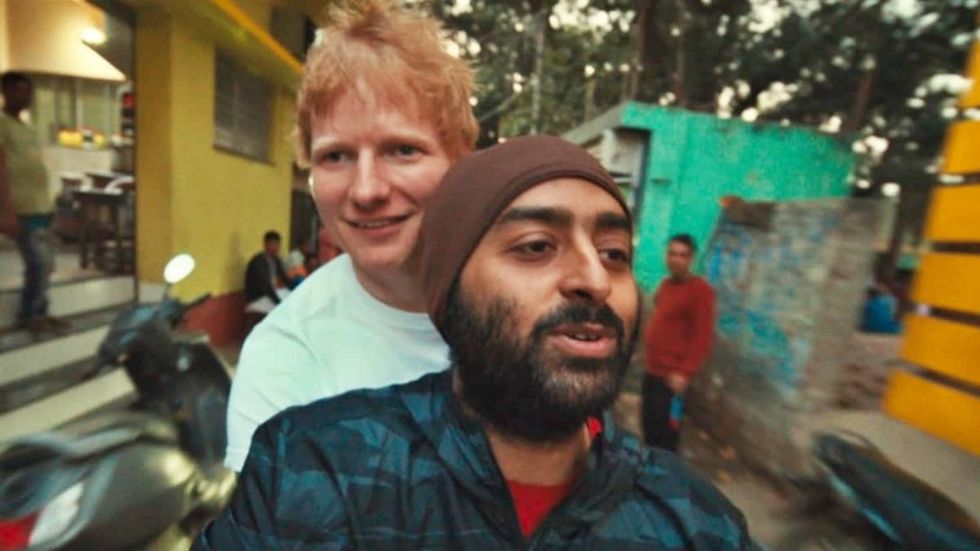 Ed Sheeran and Arijit Singh
Ed Sheeran and Arijit Singh Aziz Ansari’s Hollywood comedy ‘Good Fortune’
Aziz Ansari’s Hollywood comedy ‘Good Fortune’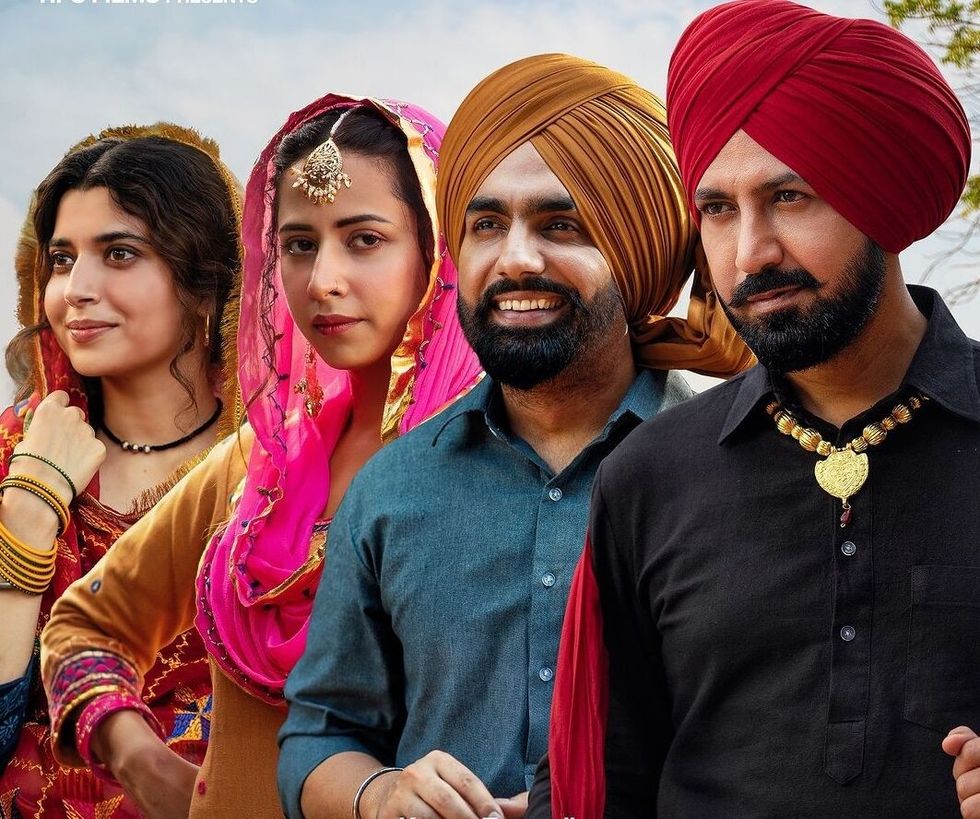 Punjabi cinema’s power-packed star cast returns in ‘Sarbala Ji’
Punjabi cinema’s power-packed star cast returns in ‘Sarbala Ji’ Mahira Khan
Mahira Khan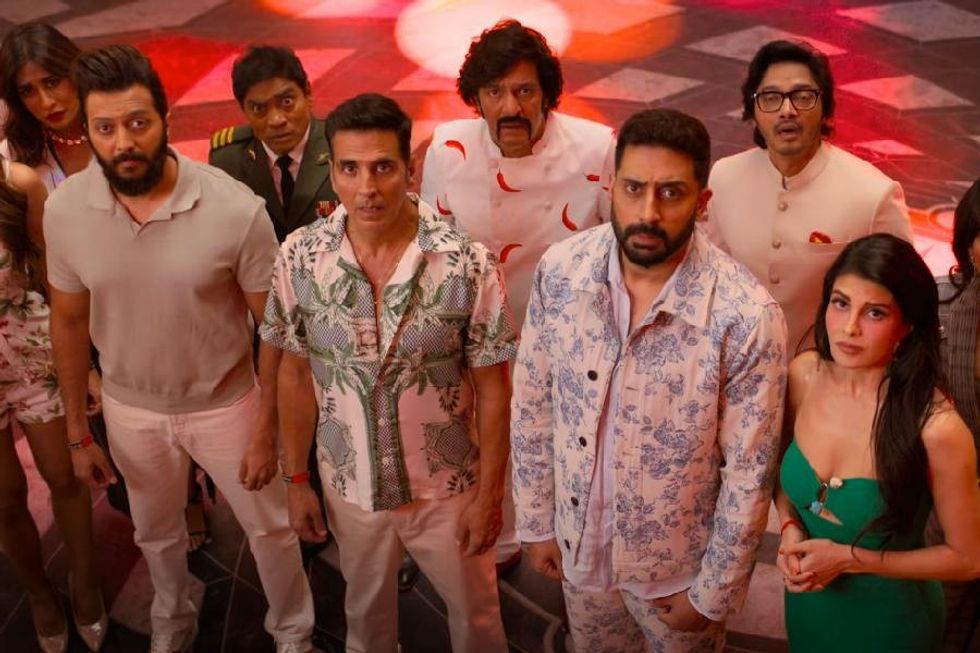 ‘Housefull 5’ proves Bollywood is trolling its own audience
‘Housefull 5’ proves Bollywood is trolling its own audience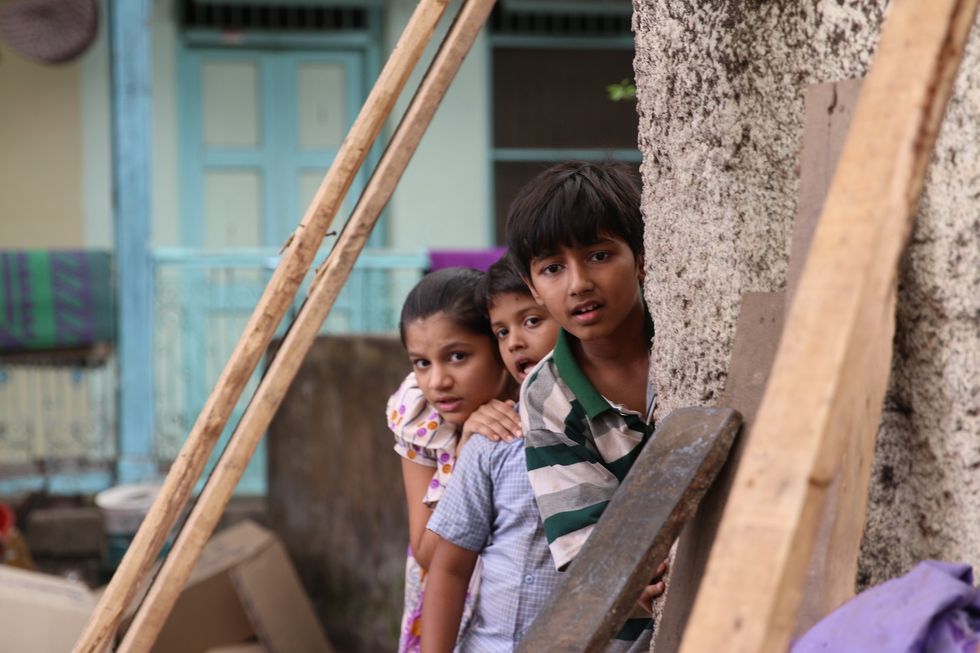 Brilliant indie film ‘Chidiya’
Brilliant indie film ‘Chidiya’  John Abraham
John Abraham Hina Khan and her long-term partner Rocky Jaiswal
Hina Khan and her long-term partner Rocky Jaiswal 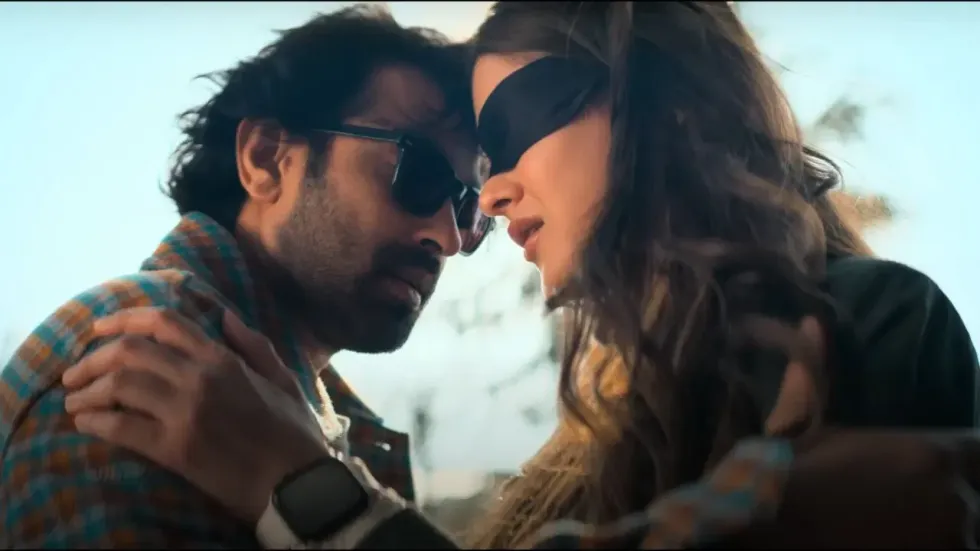 Shanaya Kapoor's troubled debut
Shanaya Kapoor's troubled debut Sana Yousuf
Sana Yousuf









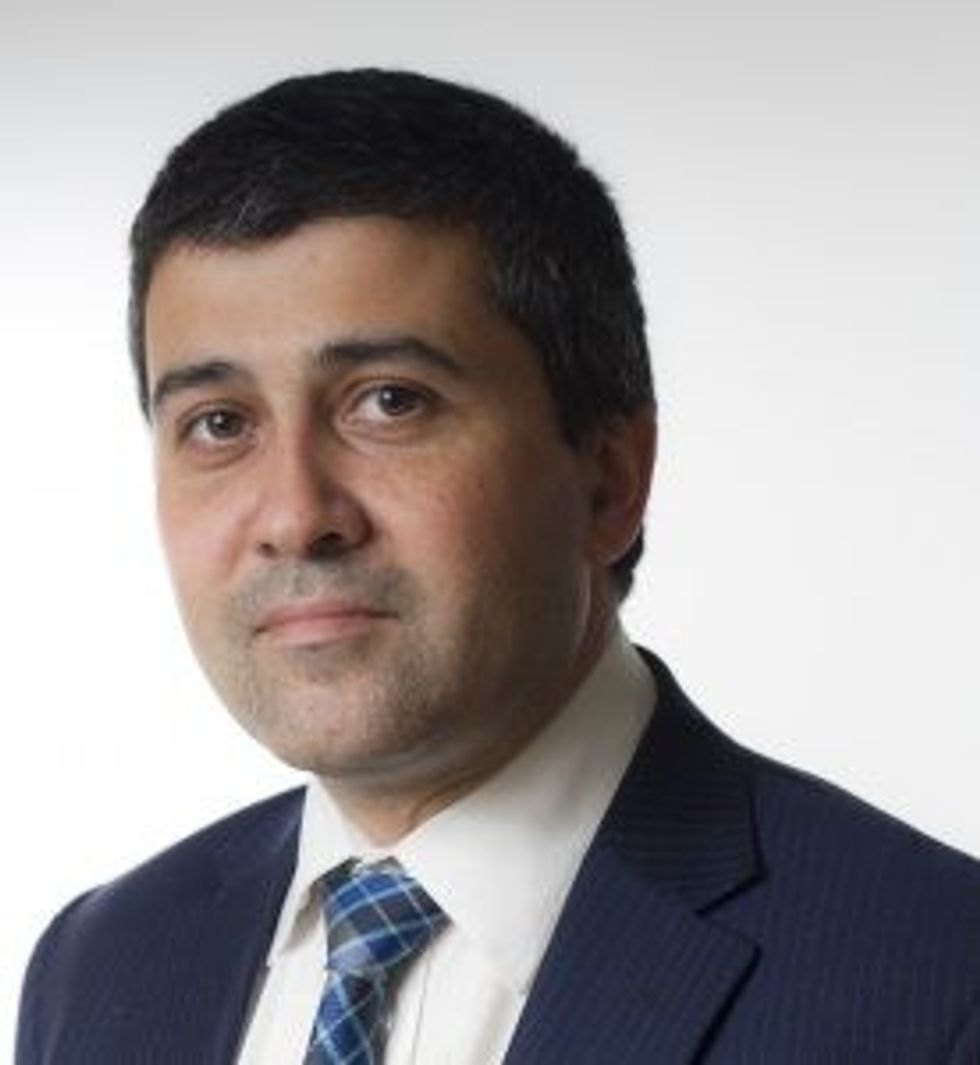

 Shraddha Jain
Shraddha Jain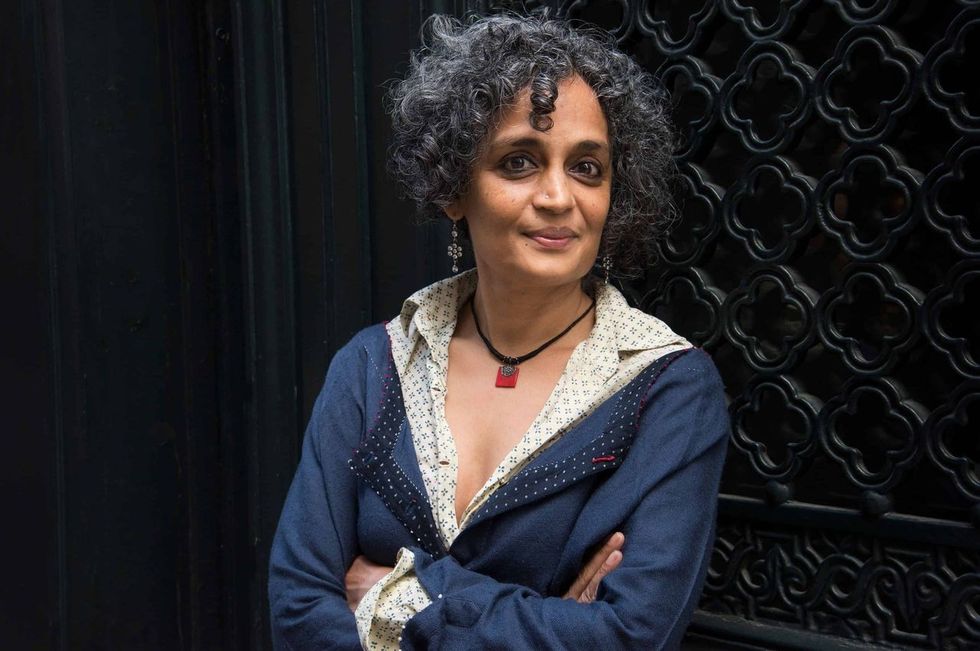 Arundhati Roy
Arundhati Roy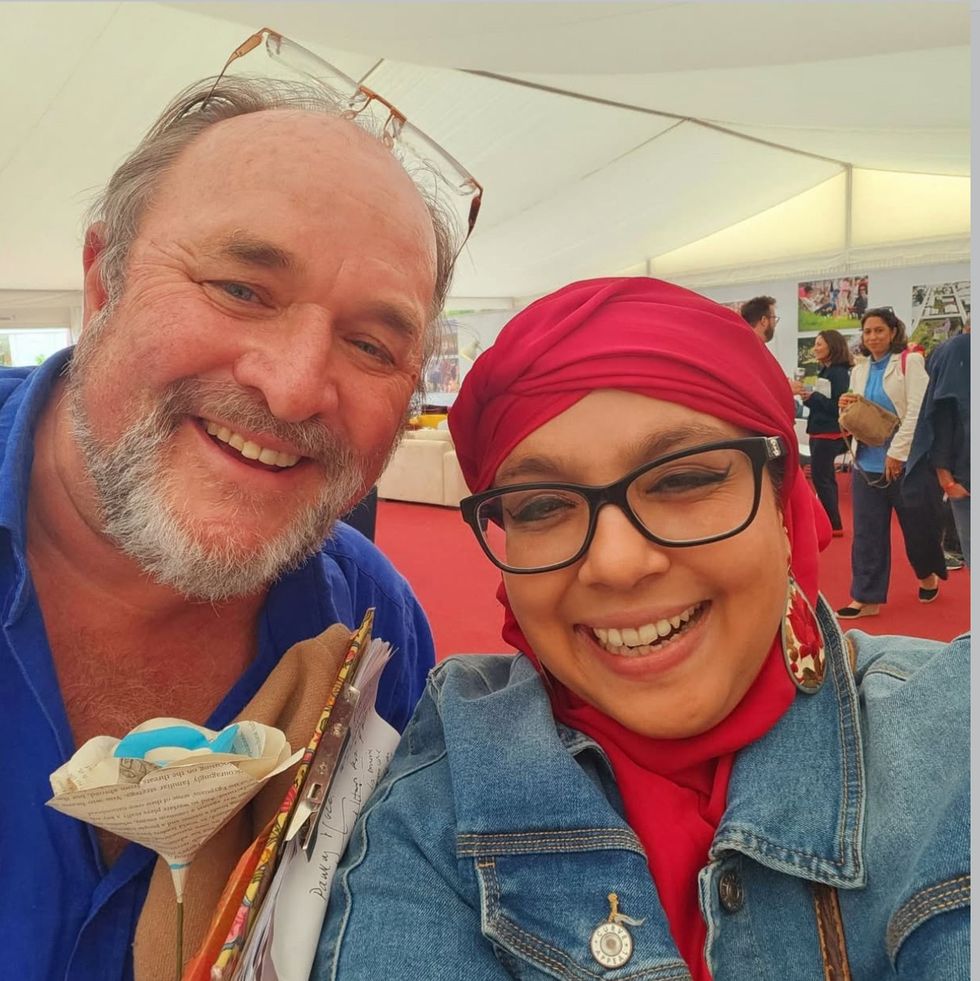 William Dalrymple and Onjali Q Rauf
William Dalrymple and Onjali Q Rauf Ravie Dubey and Sargun Mehta
Ravie Dubey and Sargun Mehta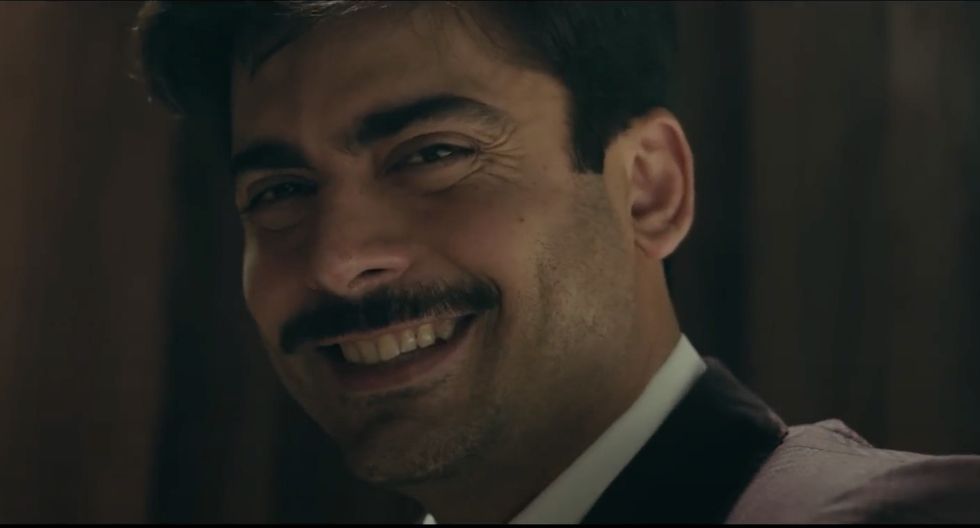 Money Back Guarantee
Money Back Guarantee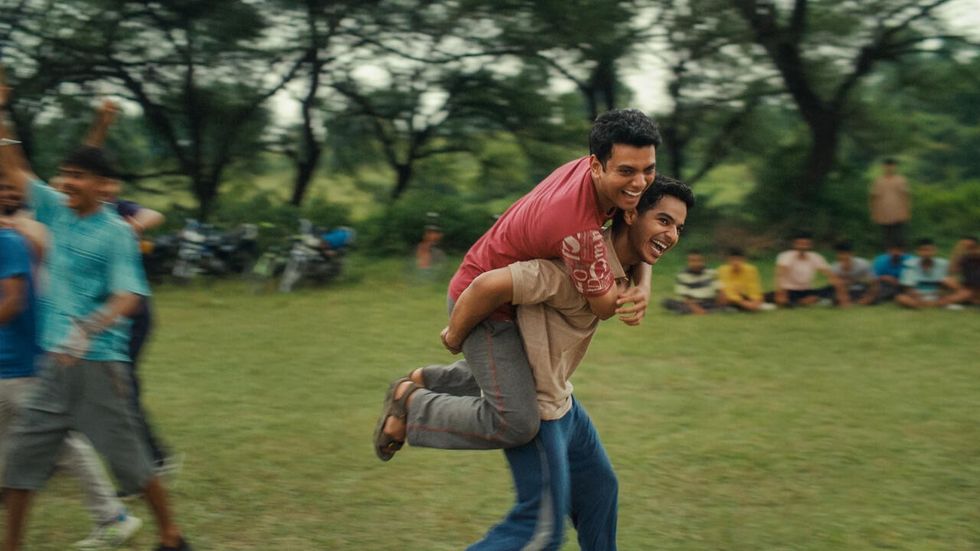 Homebound
Homebound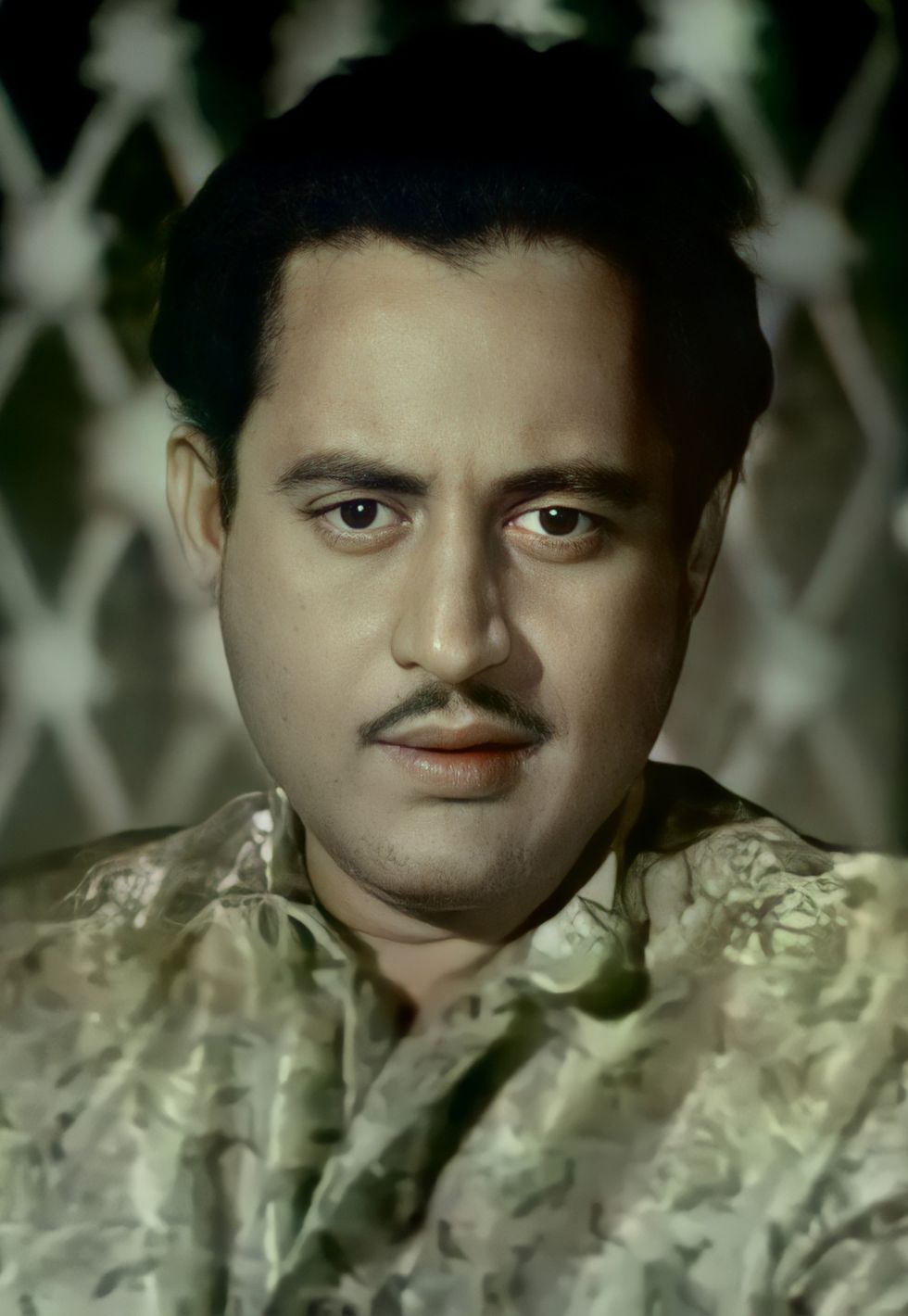 Guru Dutt in Chaudhvin Ka Chand
Guru Dutt in Chaudhvin Ka Chand Sarita Choudhury
Sarita Choudhury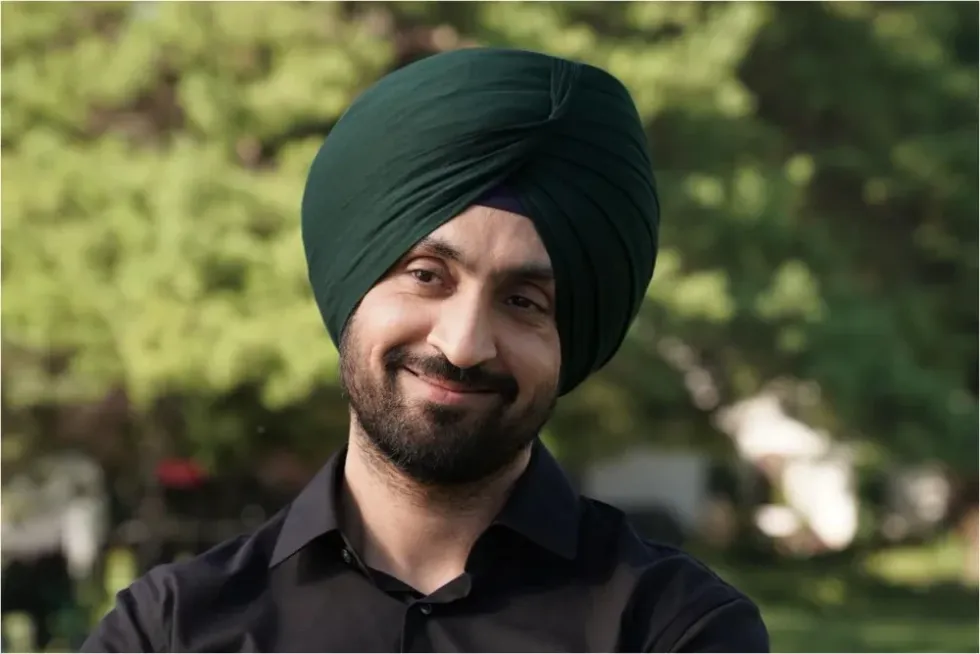 Detective Sherdi
Detective Sherdi
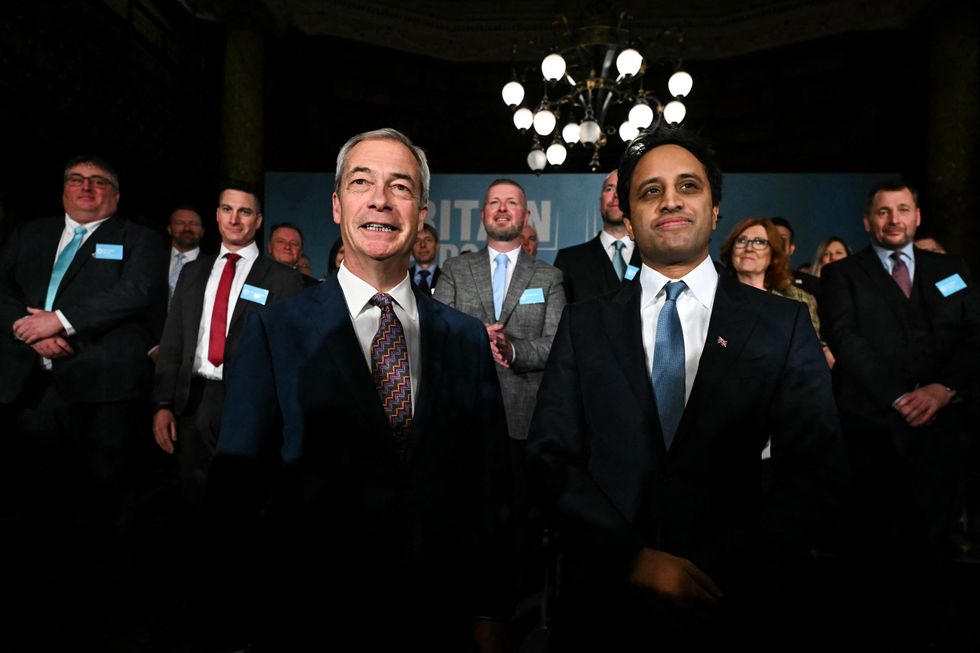 Nigel Farage and Zia Yusuf
Nigel Farage and Zia Yusuf
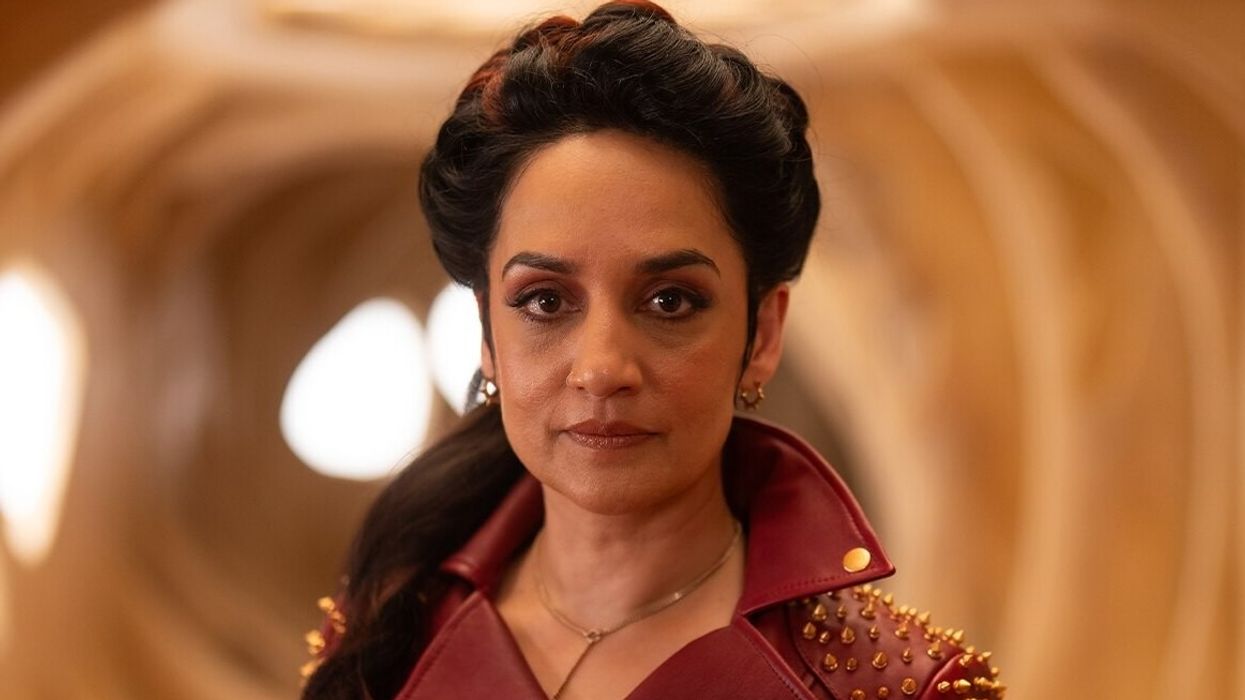
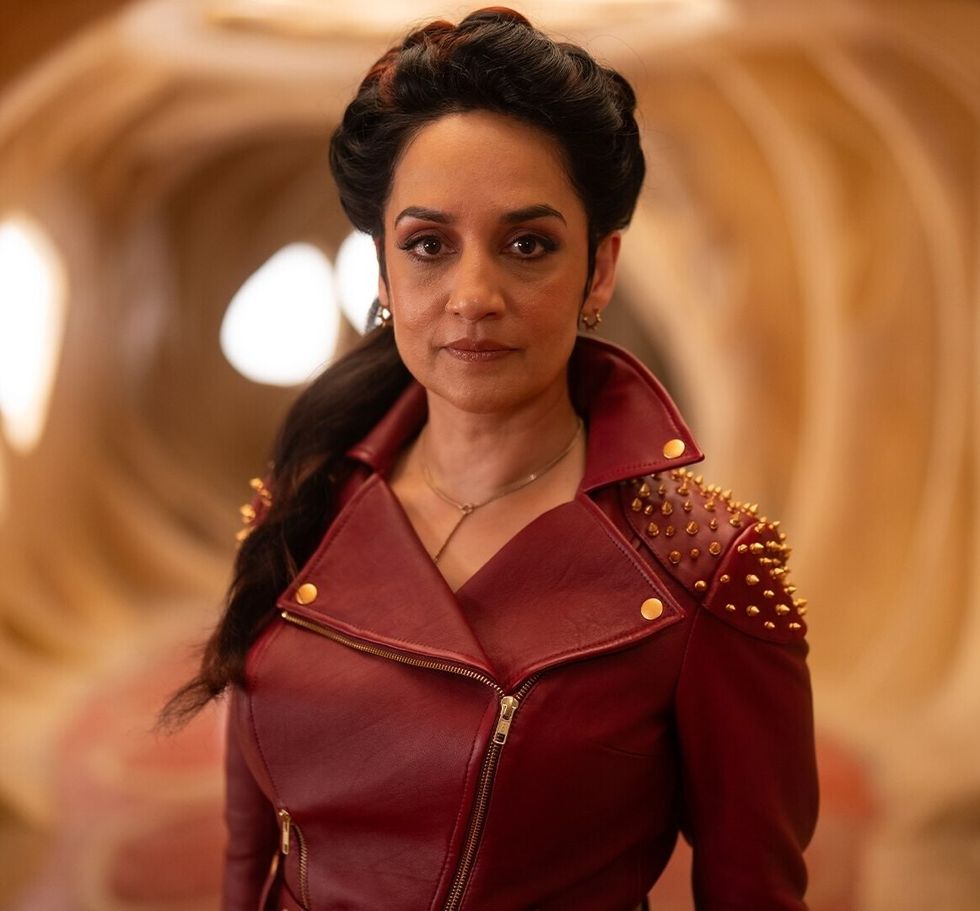 Doctor Who
Doctor Who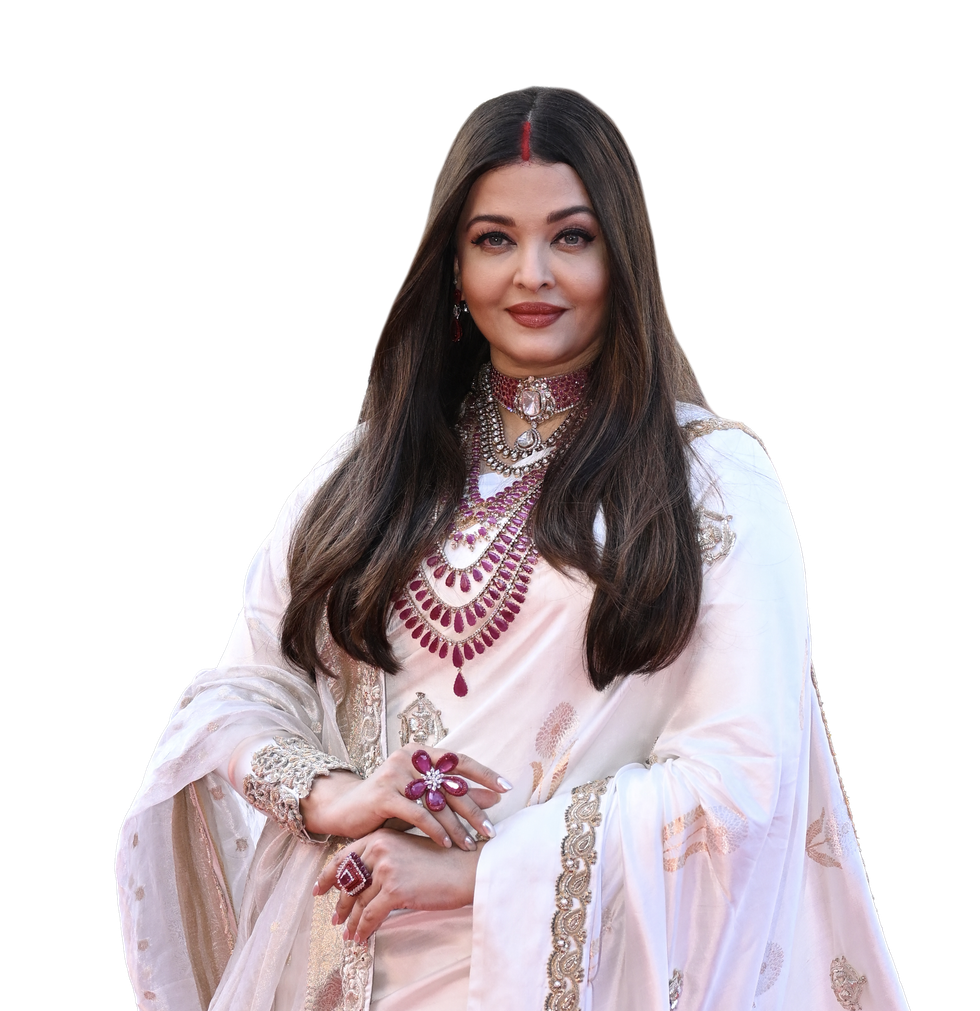 Aishwarya Rai Bachchan
Aishwarya Rai Bachchan  Mohini Dey
Mohini Dey Queen of Wands
Queen of Wands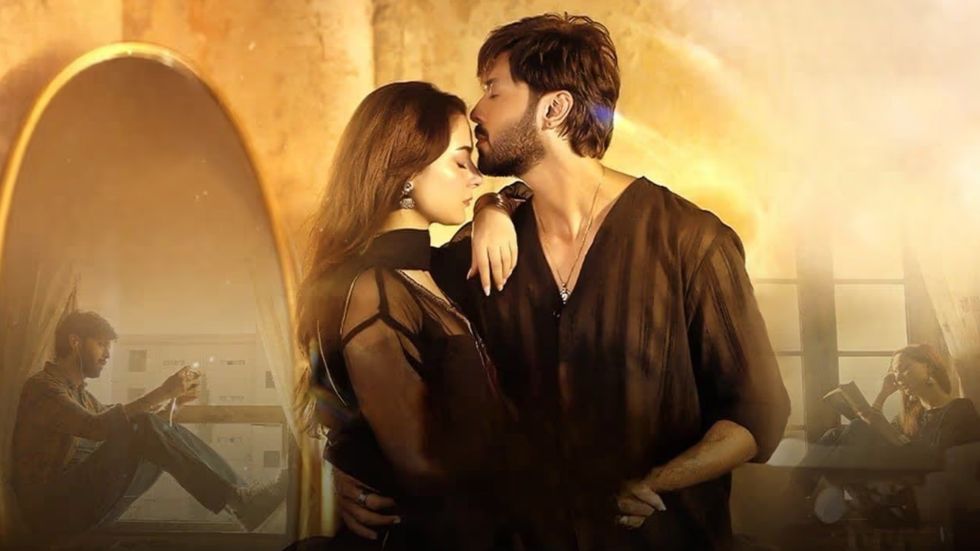 Kabhi Main Kabhi Tum
Kabhi Main Kabhi Tum 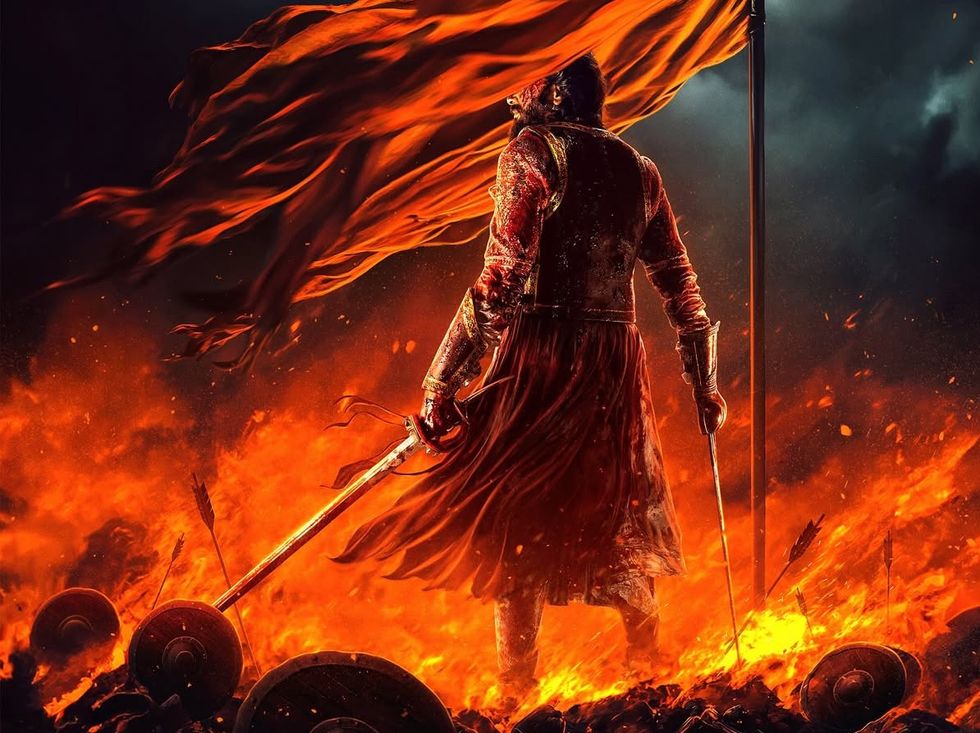 Raja Shivaj
Raja Shivaj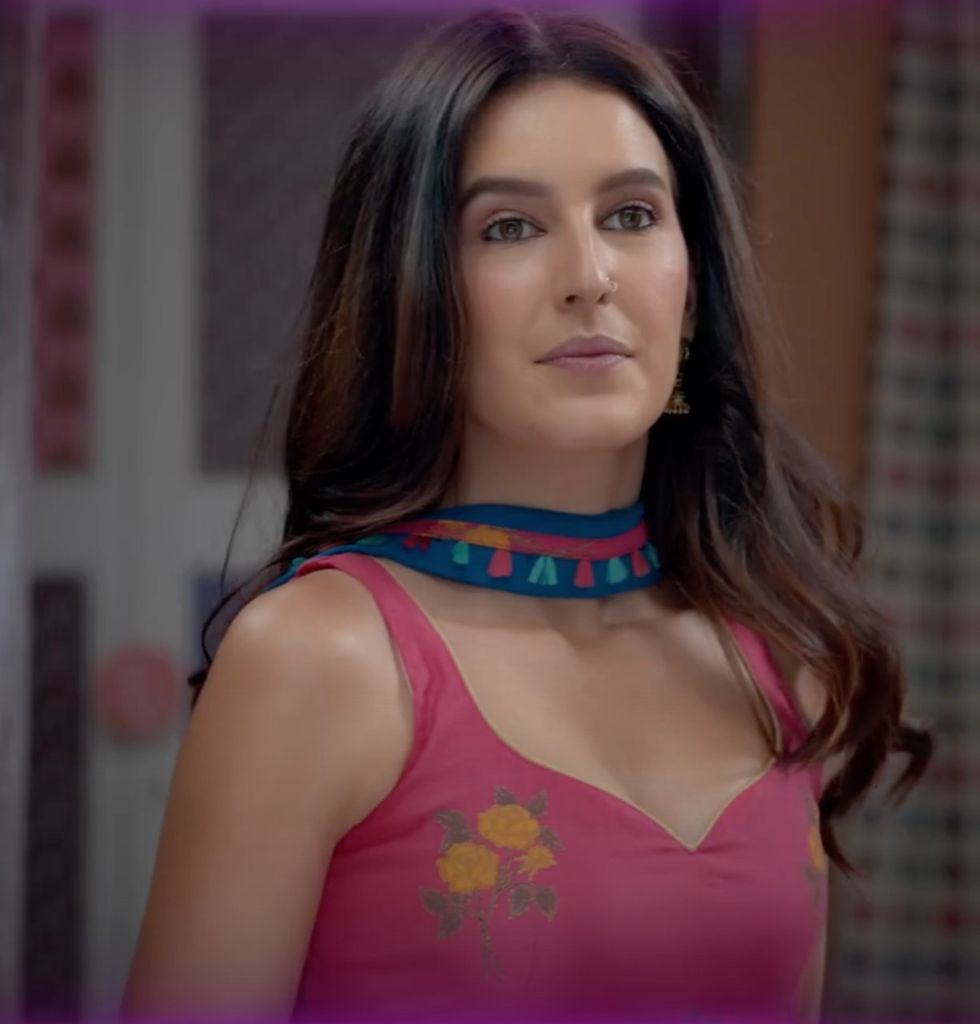 Suswagatam Khushamdeed
Suswagatam Khushamdeed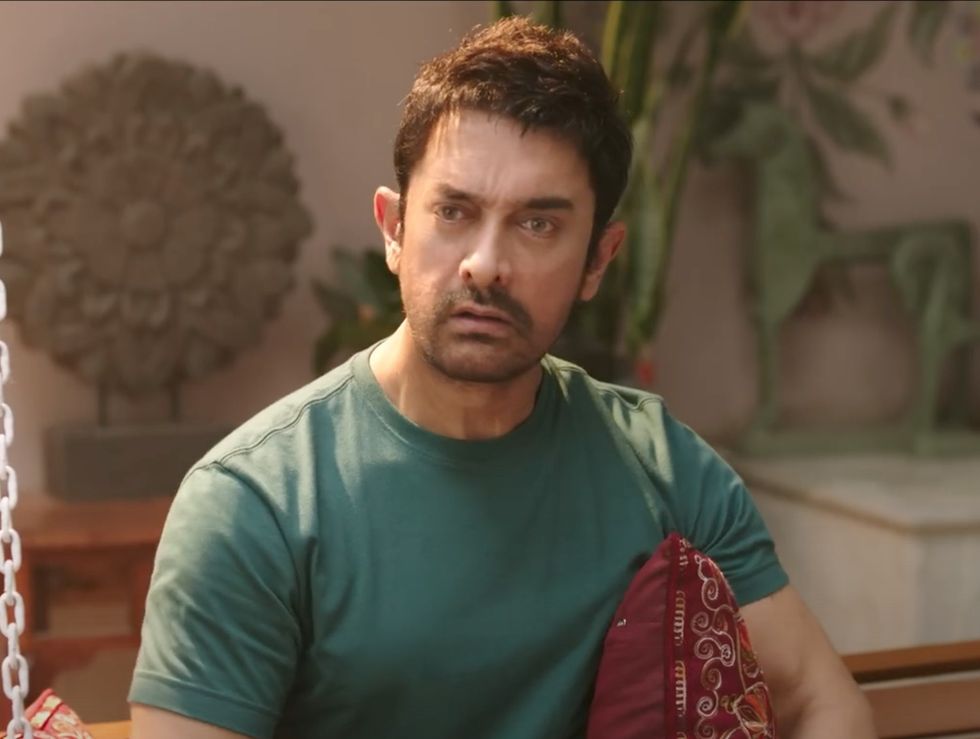 Sitare Zameen Par
Sitare Zameen Par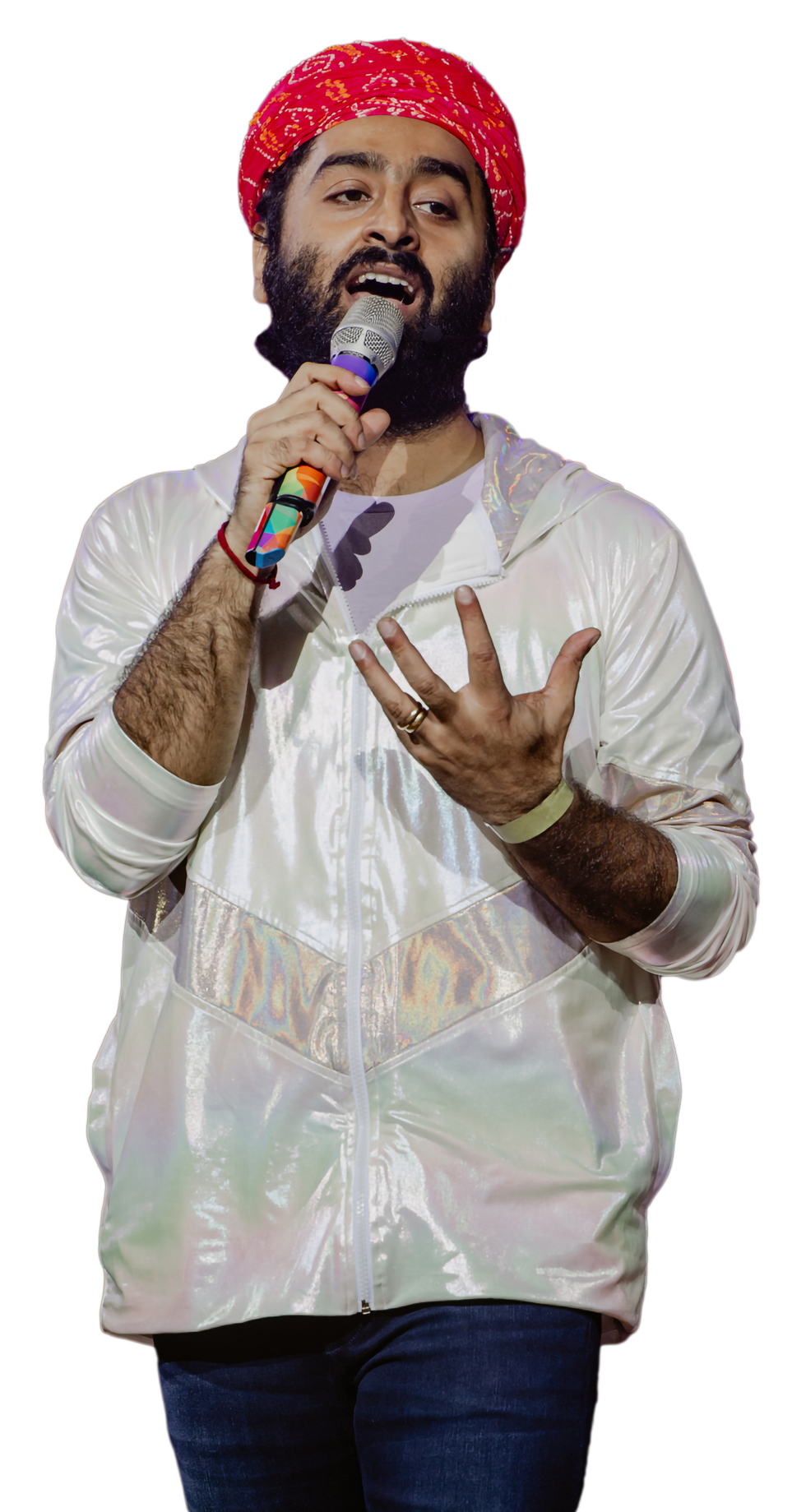 Arijit Singh
Arijit Singh Sneha Shankar
Sneha Shankar